Download links for: Good Little Wolf


Reviews (see all)
Write review
Not my cup of tea. I thought the good little wolf would triumph but the ending distubed me.
surprise ending--charlie didn't get it. I liked it. pair with the tadpole's promise book
Terrific for its fairytale references. I love the surprise ending. Great read aloud.
I was going to give it three stars until I read the last two pages. Great ending!
A sweet story about a good little wolf who doesn't want to be a big bad wolf.
Other books by Fantasy
Other books by Nadia Shireen
Related articles

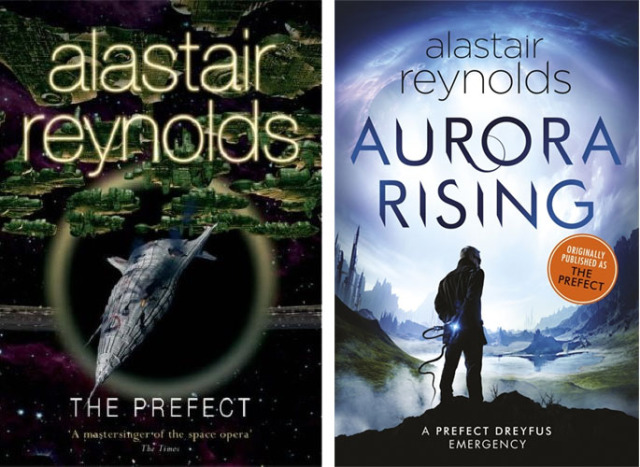
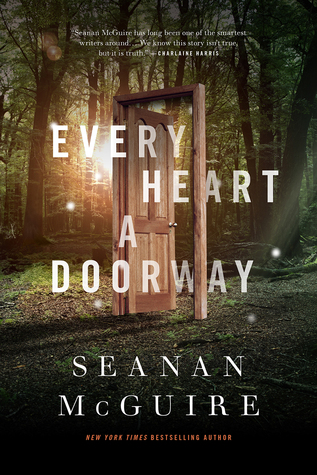


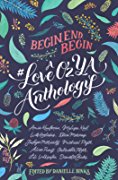
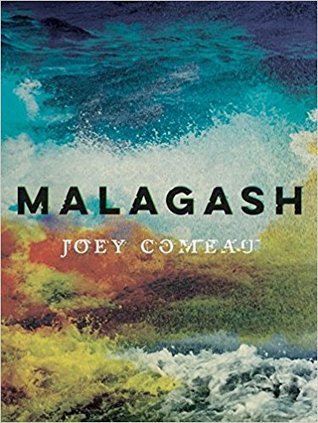

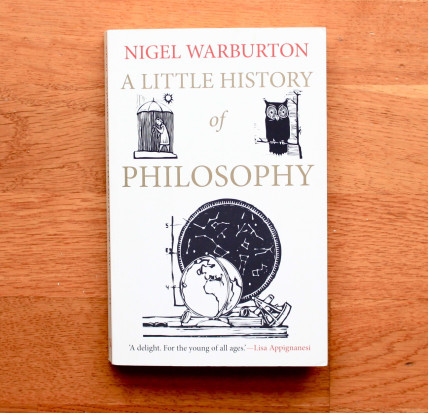
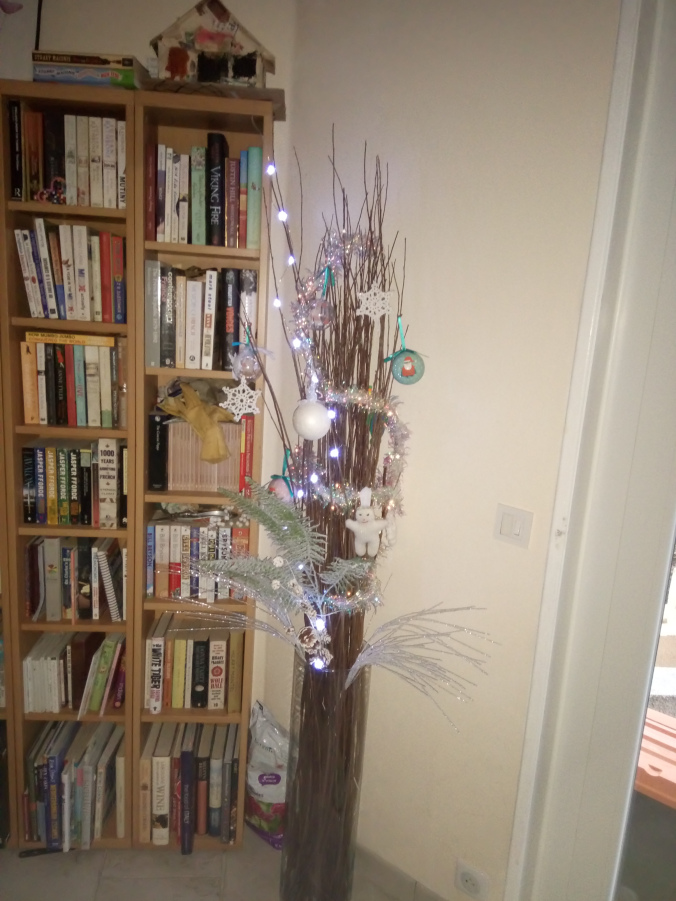

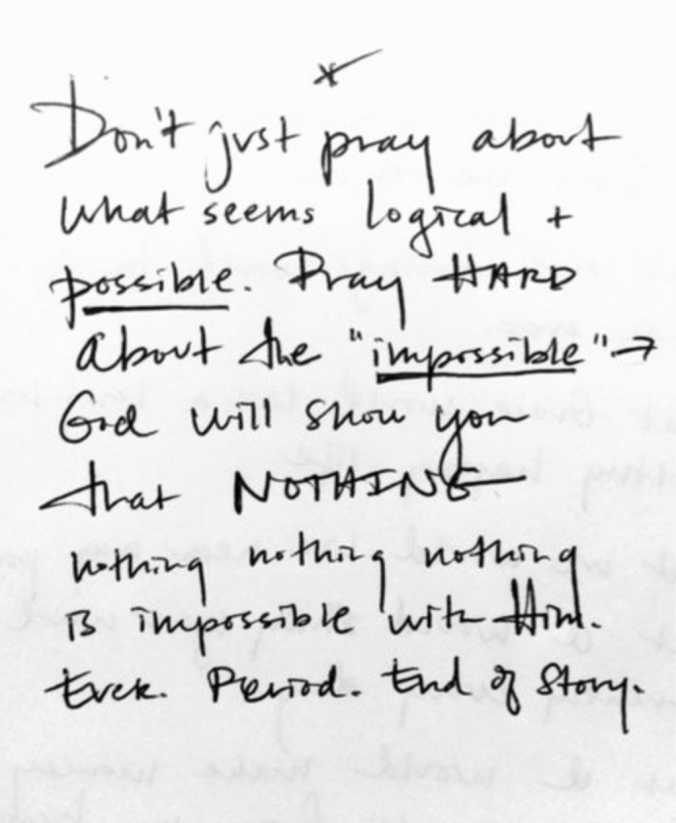
![Pageflex Persona [document: PRS0000035_00034]](/ai/079/583/79583.jpg)